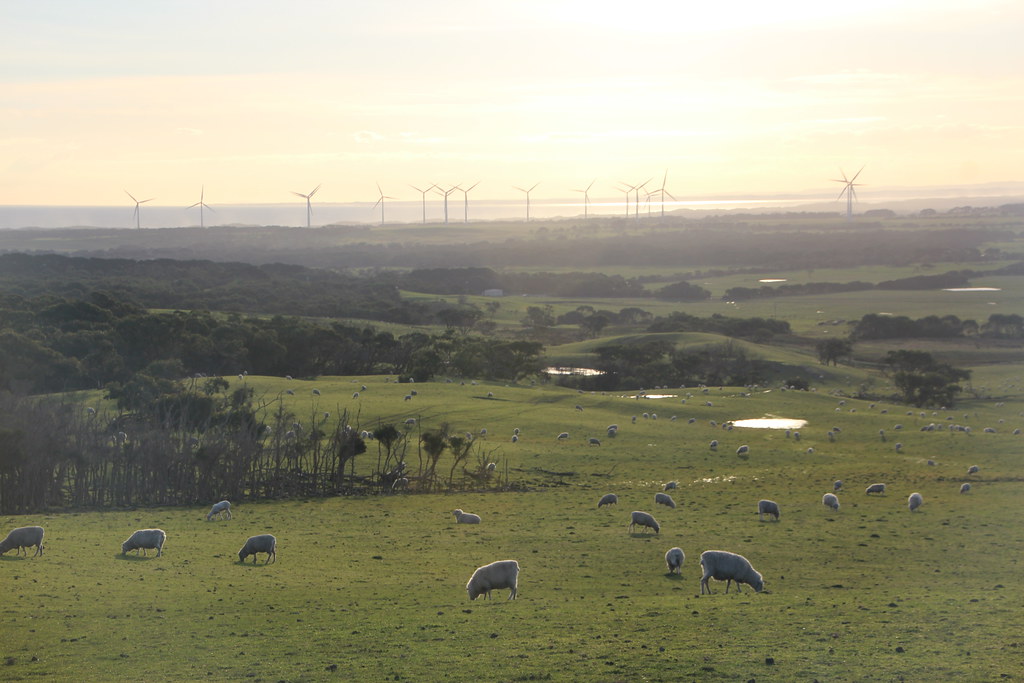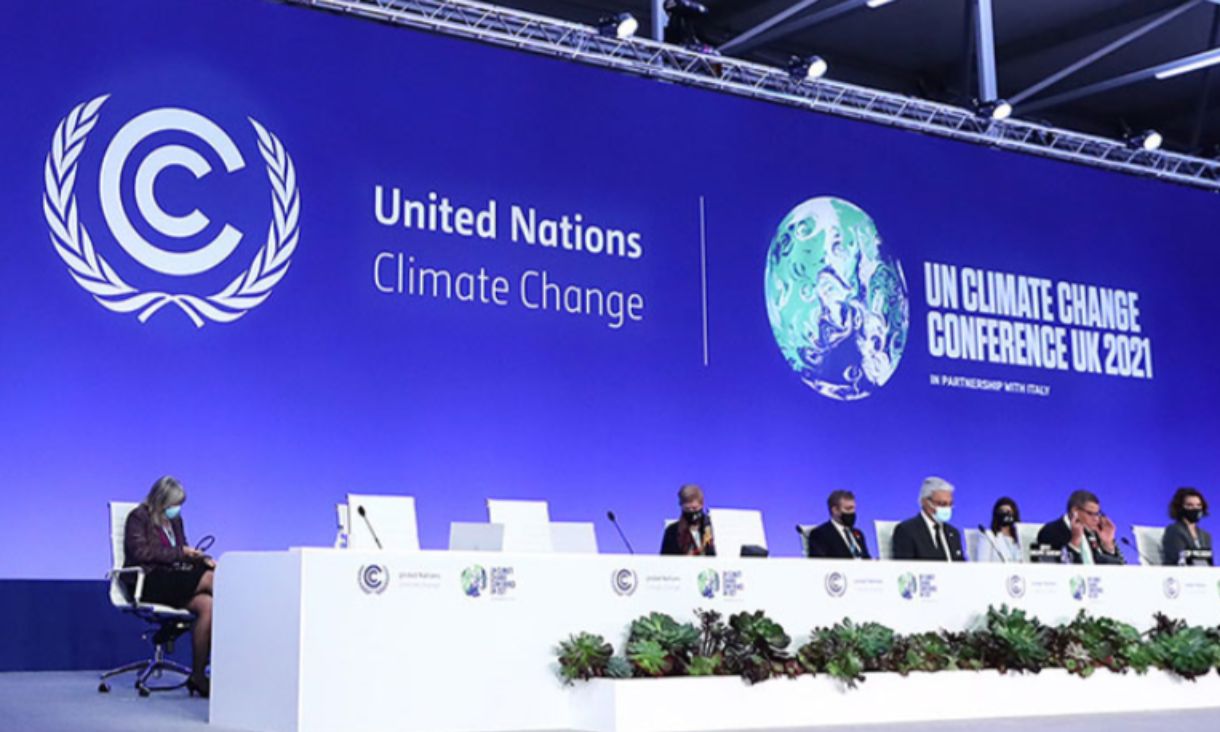Their recently published The case for collaboration: what it is and how to do it well (2018) describes the problems with Australia’s current competitive grants approach to regional development. According to the RAI, competitive approaches can widen inequality between regions and result in ad hoc ‘white elephant’ infrastructure. In contrast, collaborative approaches can stimulate local problem-solving networks that make investment more meaningful, and support more fruitful innovation processes.
So, what needs to change to make Australian regional policy more collaborative?
According to the RAI, the ingredients of collaborative regional policy are:
- agreed outcomes
- understanding and support for capabilities, and
- new ‘rules of engagement’.
The EU’s approach to regional policy—known as smart specialisation or S3—offers a model that could inform collaborative policy making in Australia. In fact, two Australian regions—the Hunter region in NSW and the Gippsland region in Victoria—have adopted a smart specialisation approach.
Smart specialisation goes beyond the RAI ingredients and asks: what kinds of collaboration matter in a knowledge economy?
Smart specialisation results in agreed outcomes
Smart specialisation is a place-based, structured, collaborative process that aims to identify strengths and opportunities in order to prioritise government support. The aim of smart specialisation is to explore the potential of key local assets to build competitive advantage in global value chains.
In smart specialisation, this vision should be based on two fundamental elements:
- an evidence-based analysis of the regional economy within a national and global context of economic activities and value chains, and
- an entrepreneurial discovery process involving a broad mix of stakeholders (from business, civil society, academia and government).
The design of the EDP is based on years of research into regional innovation systems. The aim is not simply to reach agreement but to identify new economic opportunities by:
- bringing together local entrepreneurs, scientific and technical experts and industrial resources
- involving civil society both for their knowledge, and to build ‘social licence’ to operate, and
- including government representatives to determine the appropriate policy mix to support change.
Smart specialisation is understanding and supporting capabilities
As RAI acknowledges, collaborative policy-making requires a shift in capability from central governments to regions. Smart specialisation also requires a shift from government representatives to regional entrepreneurial actors.
This can raise concerns about capability, distribution of resources and concentration of power and influence. However, these concerns are not confined to Australia—and EU case studies can provide some insight into developing the capability of regions to undertake collaborative policy making.
For example, the S3 Platform (which is part of the EU’s Joint Research Centre) provides guidance documents, policy-focused research papers, training and other support to EU countries and regions for the design and implementation of their smart specialisation strategies. The S3 Platform has also specifically focused on supporting ‘lagging regions’ which have struggled to implement S3.
Smart specialisation has shifted the ‘rules of engagement’
The RAI identify the ‘rules of engagement’ as a specific barrier to implementing collaborative, strategic policy-making in Australia. They argue that government decision-making structures reinforce competitive grants processes—assuming that these offer the best value for money.
In contrast, European regional policy is informed by research showing a link between effective place-based innovation systems and rates of regional growth. This led to a change for the 2014-20 funding period so that any region seeking funding from EU Regional and Cohesion Funds was required to adopt a smart specialisation strategy to strengthen the links between EU investment and innovation. In simple terms, the EU would only fund activities that were underpinned by a collaborative and long-term vision for change.
S3 in Australia
In Gippsland, a smart specialisation approach is being facilitated by a team from the University of Melbourne and RMIT University through the Latrobe Valley Authority. The process has involved:
- Analysing regional assets and the innovation system
- Working with a Steering Committee of regional stakeholders including policy-makers, business, research and education and community
- Formulating different scenarios and development paths for the region
- Selecting a limited number of regional priorities for specialisation
- Develop an action plan of projects, platforms and leaders for each priority area
- Aligning policy support at all levels of government
This could offer a model for Australian policy makers to implement a more place-based, collaborative approach to regional development.
The EU Centre looks forward to reporting on the results of the Gippsland S3 and its application in supporting sustainable regional economies and socially cohesive communities.
By: Anna Hyland
Research Officer
Centre of Excellence








